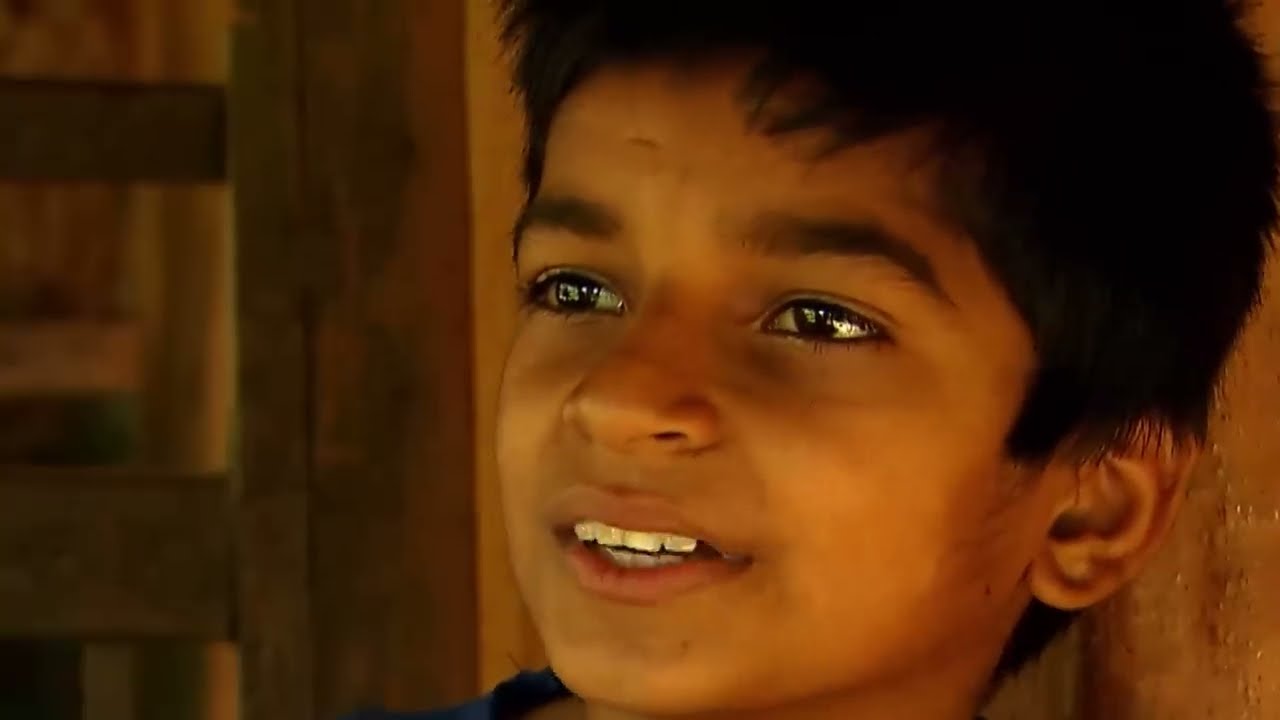Sport
“The Worst Time to Visit Nepal A Detailed Guide”
Nepal, the land of diversity, culture, and natural beauty, is a popular tourist destination for travelers all over the world. From majestic Himalayan mountains to ancient temples and bustling cities, Nepal offers something for everyone. However, despite its many attractions, there are certain times of the year when visiting Nepal may not be the best idea. In this article, we will discuss the worst time to visit Nepal and why it might not be ideal for your trip.
1. Monsoon Season (June-September)

Sub Headings:
- Why Monsoon Season is the Worst Time to Visit Nepal?
- Weather Conditions during Monsoon Season
- Impact on Travel Plans
Monsoon season in Nepal starts from June and lasts until September. This time of the year brings heavy rainfall and humidity, making it the least favorable time to visit Nepal. The monsoon season in Nepal can be unpredictable and often causes landslides and floods in various parts of the country, disrupting travel plans and causing safety concerns for tourists.
The weather during monsoon season can be uncomfortable and unpleasant. The temperature remains high, and the humidity levels make it difficult to explore the cities or go trekking in the mountains. The constant rainfall also leads to muddy and slippery roads, making it challenging to travel around the country.
One of the biggest concerns during monsoon season is the impact on outdoor activities such as trekking and hiking. The trails become extremely slippery, and the risk of landslides and falling rocks increases, making it dangerous for tourists. Many trekking routes, such as the Annapurna Circuit and Everest Base Camp, are closed during monsoon season due to safety concerns.
To avoid disappointment and inconvenience, it is best to avoid planning a trip to Nepal during the monsoon season.
2. Winter Season (December-February)

Sub Headings:
- Harsh Weather Conditions
- Limited Accessibility to Some Tourist Attractions
- Peak Tourist Season
Winter season in Nepal starts from December and lasts until February. This time of the year brings cold temperatures and snowfall, making it another unfavorable time to visit Nepal. The harsh weather conditions can have a significant impact on your travel plans and overall experience in the country.
The mountainous regions of Nepal, such as the Himalayas, experience heavy snowfall during winter, making it difficult to access popular trekking trails and mountain villages. The roads are often blocked, and flights may get delayed or canceled, causing inconvenience for tourists.
Moreover, some tourist attractions, such as national parks and wildlife reserves, may also be inaccessible during winter due to extreme weather conditions. This can limit your options for sightseeing and exploring the country.
Another challenge during the winter season is the influx of tourists. Many travelers choose to visit Nepal during this time, which leads to crowded tourist areas and higher prices for accommodations and activities. If you prefer a more peaceful and budget-friendly trip, it is best to avoid visiting Nepal during peak tourist season.
3. Festive Season (October-November)

Sub Headings:
- Popular Festivals in Nepal
- Impact on Travel Plans
- Higher Prices and Crowded Tourist Areas
October and November are considered the festive season in Nepal, with two of the biggest festivals – Dashain and Tihar, being celebrated during this time. While these festivals offer a unique cultural experience, they can also have an impact on your travel plans.
During the festive season, many businesses close down, including tour companies and transportation services. This can cause inconvenience and delays in your travel plans, especially if you have pre-booked activities or transportation.
Moreover, due to the popularity of these festivals, many tourists flock to Nepal during this time, resulting in crowded tourist areas and higher prices for accommodations and activities. If you prefer a more laid-back and budget-friendly trip, it is best to avoid visiting Nepal during the festive season.
4. Political Unrest (Ongoing)

Sub Headings:
- Current Political Situation in Nepal
- Impact on Tourism
- Safety Concerns for Tourists
Nepal has been experiencing political instability for many years, with frequent protests and strikes taking place. The ongoing political unrest can have a significant impact on tourism in the country.
During times of political turmoil, transportation services may be disrupted, and roads may be blocked due to protests. This can lead to travelers being stuck in certain areas or unable to reach their planned destinations.
Moreover, the safety concerns for tourists also increase during these times, as clashes between different political parties can turn violent. It is always advisable to stay updated on the current political situation in Nepal before planning a trip and avoiding traveling to areas where there have been reports of violence.
5. COVID-19 Pandemic (Ongoing)

Sub Headings:
- Travel Restrictions and Quarantine Requirements
- Impact on Tourism Industry
- Safety Concerns for Travelers
The ongoing COVID-19 pandemic has affected countries all over the world, including Nepal. While the country has lifted most of its travel restrictions, there are still certain measures in place that may have an impact on your trip.
Travelers are required to present a negative PCR test upon arrival and undergo mandatory quarantine, depending on their country of origin. This can disrupt your travel plans and add to the overall cost of your trip.
Moreover, the pandemic has had a significant impact on the tourism industry in Nepal, with many businesses struggling to survive. This may affect the quality of services and experiences offered to tourists.
While traveling during the pandemic poses certain risks, it is always essential to follow safety guidelines and exercise caution to ensure a safe and enjoyable trip.
FAQs:
What is the best time to visit Nepal?
The best time to visit Nepal is from September to November, during the autumn season. The weather is pleasant, and the skies are clear, making it ideal for trekking and outdoor activities.
Can I visit Nepal during monsoon season?
It is not recommended to visit Nepal during monsoon season (June-September) as heavy rainfall can cause disruptions and safety concerns for travelers.
Are there any safety concerns for tourists in Nepal?
Nepal is generally considered safe for tourists. However, it is always advisable to stay updated on the current political situation and follow safety guidelines while traveling.
Are there any travel restrictions in Nepal due to COVID-19?
Nepal has lifted most of its travel restrictions, but travelers are required to present a negative PCR test upon arrival and undergo mandatory quarantine if coming from certain countries.
Can I go trekking in Nepal during winter?
Trekking in Nepal during winter (December-February) is not recommended as the trails are often blocked due to heavy snowfall, and extreme weather conditions can make it dangerous for trekkers.
Conclusion:
While Nepal is a beautiful country with plenty to offer, there are certain times of the year when it may not be the best idea to visit. Monsoon season, winter season, festive season, ongoing political unrest, and the ongoing COVID-19 pandemic all have an impact on tourism in Nepal. It is important to consider these factors before planning a trip to ensure a safe and enjoyable experience. With proper planning and research, you can avoid the worst times to visit Nepal and have a memorable trip in this stunning country.

